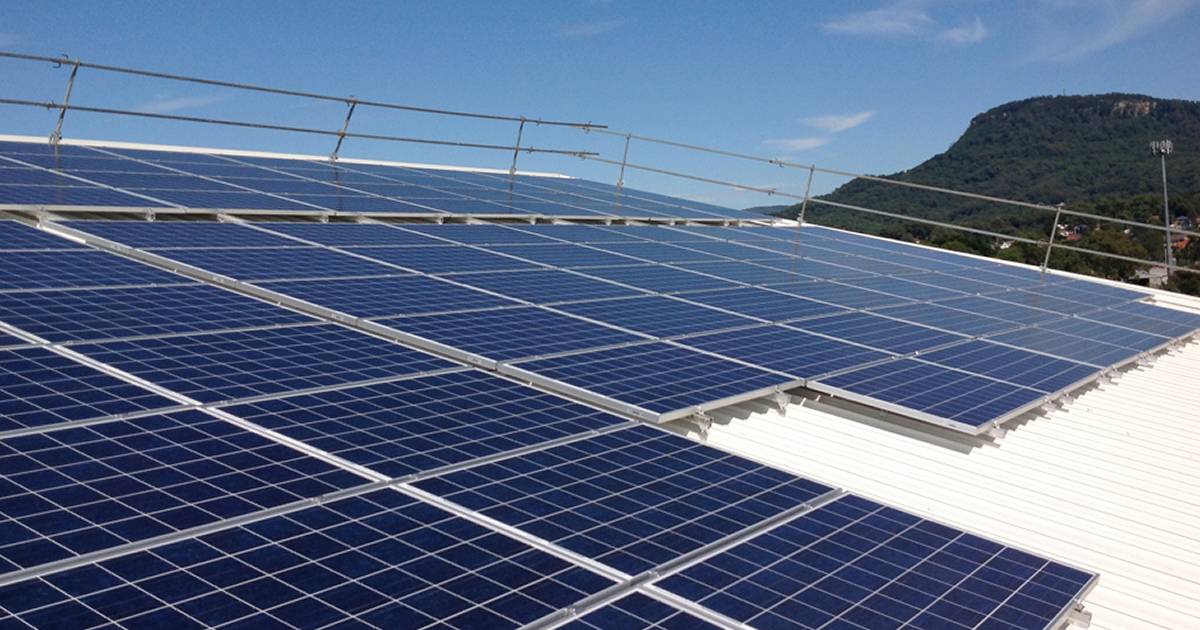The next steps towards a sustainable Wollongong have been taken with the adoption of two strategic documents by City of Wollongong council last week.
“Wollongong is a beautiful City, but our past actions haven’t always been positive for our natural environment,” says Wollongong City Lord Mayor Councillor Gordon Bradbery AM. “Our vision is to transform Wollongong into a thriving, low waste, low emissions city that lives in harmony with its environment.”
In terms of emissions, Council has already taken some significant steps for achieving its vision including:
- Becoming a signatory to the Global Covenant of Mayors for Climate and Energy in 2017.
- Declaring a climate emergency in 2019.
- Setting targets of net zero emissions by 2050 for the City of Wollongong and net zero emissions by 2030 for Council operations.
- Joining the Cities Power Partnership Program in January 2020.
Two documents adopted last week that will help Council towards its emissions goals are Sustainable Wollongong 2030: A Climate Healthy City Strategy and the Climate Change Mitigation Plan 2020. The first provides a high-level strategic direction for Council’s future activities and programs, and the second guides Council’s delivery actions for the next couple of years in working towards its targets.
Solar PV’s Role
In 2017-18, emissions from Council electricity use totalled 7,994 tonnes. This didn’t include emissions associated with electricity for street lightning, which accounted for another 8,432 tonnes.
Consultations by Council with the community last year indicated strong support for it to increase its use of renewables, particularly solar PV. Council owns approximately 740 facilities and buildings, and has already installed 327kW of solar capacity on a number of its assets. Among these:
- Beaton Park Ted Tobin Hall
- Corrimal Tourist Park
- Bulli Tourist Park
- Windang Tourist Park
- Dapto Pool
- Ribbonwood Community Centre.
Ongoing monitoring of these and other solar energy systems is enabling Council to undertake further cost-benefit analysis for other buildings. The Climate Change Mitigation Plan states Council will continue to investigate the feasibility of installing solar panels and notes $1 million earmarked for implementation of the Solar on Council Buildings project over the 2020-21 financial year.
Also in the plan is an initiative involving the NSW Department of Education to pilot an Eco Schools program in the Warrawong Precinct that includes investigating opportunities to install solar panels. Additionally, during 2021-22 Council will be investigating the feasibility of piloting innovative programs in the community to improve the energy efficiency of homes, reduce grid electricity demand during peak periods, reduce emissions generally and increase the uptake of renewable energy.
Solar Power In Wollongong
According to the Australian Photovoltaic Institute (APVI), up to the end of September this year there had been 13,993 solar power systems installed the City of Wollongong’s local government area, for a collective capacity of 67,755 kW. The vast major of solar installations in Wollongong are small systems – here’s APVI’s breakdown.
- Under 10kW: 51160 kW (installations: 13381)
- 10-100kW: 14990 kW (installations: 612)
- Over 100kW: 1605 kW (installations: 4)
The biggest system in the LGA appears to be at CSR Golden Grove (1MW). Added: this system may be a mistake on APVI’s map (see comments below).


 RSS - Posts
RSS - Posts



might want to check youi data mining as CSR Golden Grove is in SA
Thanks Carl. This system is definitely on APVI’s map as being the in the City of Wollongong LGA, but the owner and location noted must be a mistake. I should have looked at the map more closely – it shows this system in Berkley, 2506. As to who it belongs to (or if it actually exists), I’m still not sure.